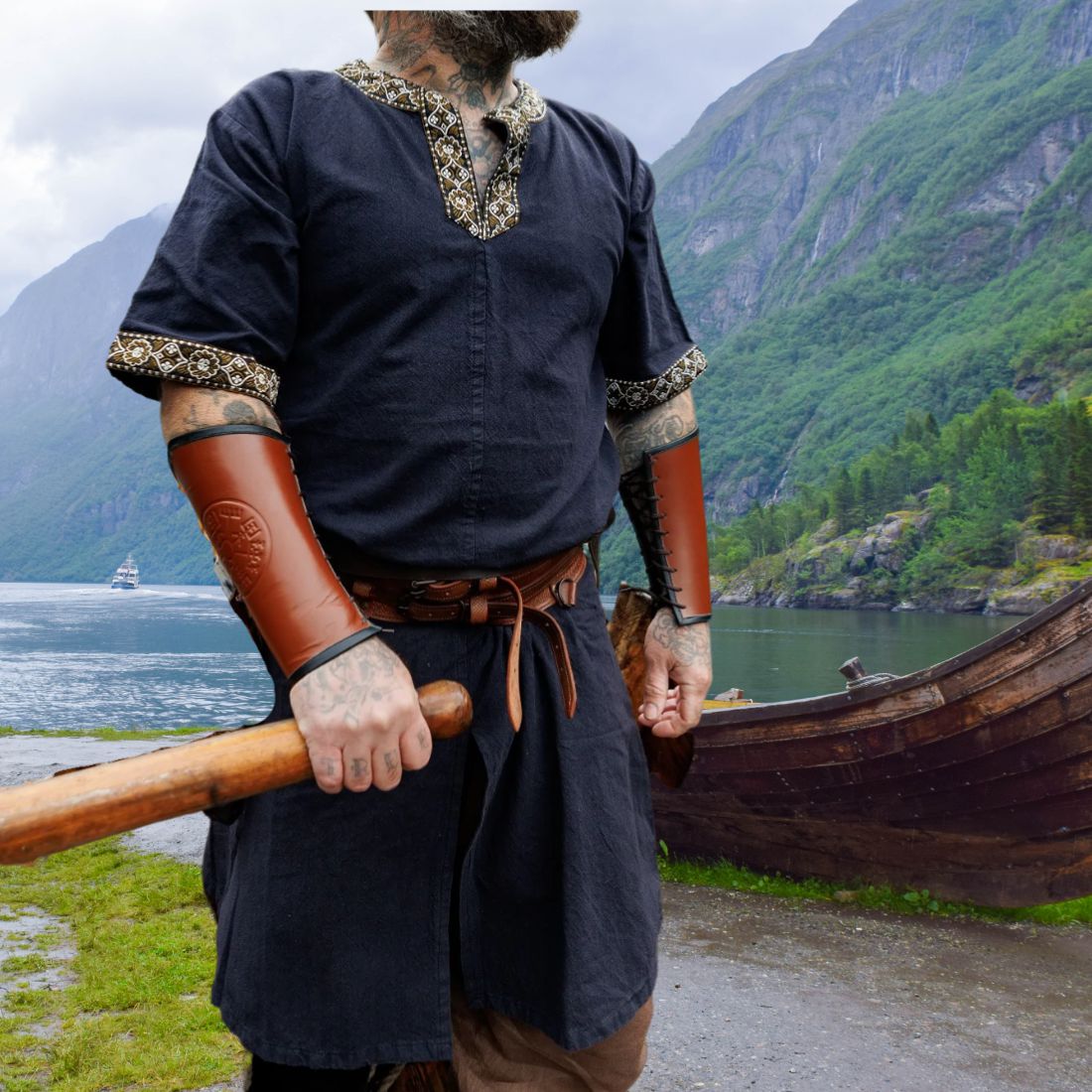Introduction to Viking Fashion
Welcome to our exploration of Viking clothing and style inspirations. This article aims to provide a modern guide to understanding the historical and cultural significance of Viking attire, as well as how it has evolved and influenced contemporary fashion. The Viking Age, which spanned from the late eighth to the early eleventh century, was a period of significant cultural exchange and expansion. Viking clothing, with its distinct style and functionality, reflects the essence of this era.

Traditional Viking Attire
Traditional Viking attire was designed for the harsh Nordic climate and the active lifestyle of its people. The clothing was made from natural materials such as wool, linen, and leather. Men typically wore tunics that reached the knees, often with embroidery or leather trim for decoration. Women’s clothing included long dresses with intricate patterns and brooches to secure the garments.

Viking Clothing for Different Social Classes
Viking society was divided into different social classes, and clothing was an indicator of one’s status. Chiefs and nobles wore clothing made from finer materials and more elaborate decorations. Commoners, on the other hand, had simpler and more practical clothing. This distinction in attire was important for maintaining the social hierarchy and order within Viking communities.
Modern Interpretations of Viking Style
Today, Viking clothing and style have found a new life in various forms of media, including movies, television shows, and fashion. Modern interpretations often take creative liberties with the original designs, incorporating elements of fantasy and adventure. This has led to a resurgence in interest in Viking attire, with many people seeking to incorporate these historical styles into their everyday wardrobe or for special events.

Accessorizing Viking Outfits
Accessories played a significant role in Viking attire, both for practical purposes and as a means of personal expression. Common accessories included belts, brooches, and armbands, which were often made from metal and featured intricate designs. Jewelry was also an important aspect of Viking fashion, with amber, glass, and silver being popular materials.

Conclusion
In conclusion, Viking clothing and style offer a rich source of inspiration for those interested in historical fashion or looking to make a unique statement in their attire. From the practical and functional designs of traditional Viking clothing to the imaginative and adventurous interpretations in modern media, the spirit of the Viking Age continues to captivate and inspire.







